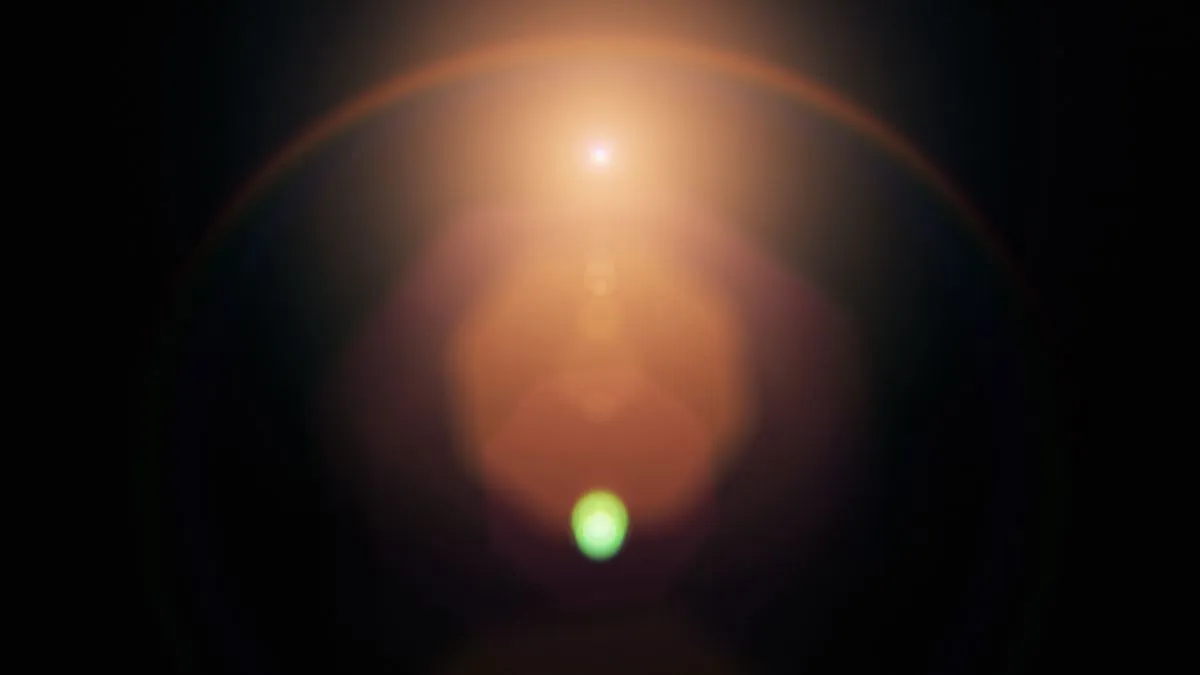
Recent scientific research has revealed a compelling connection between mysterious lights and reports of unidentified anomalous phenomena (UAPs) during the 1940s and 1950s and the era of nuclear testing. An analysis combining archival astronomical observations with eyewitness accounts suggests that the dawn of the nuclear age may have left significant traces in the night sky, even before the advent of the Space Age. The findings, authored by anesthesiologist Stephen Bruehl of Vanderbilt University in the US and theoretical physicist Beatriz Villarroel of Stockholm University in Sweden, lend further empirical support to the validity of the UAP phenomenon and its potential links to nuclear weapons activities.
Between 1949 and 1958, the Mount Palomar Observatory undertook its inaugural Palomar Observatory Sky Survey (POSS-I), a groundbreaking initiative aimed at photographing and mapping the entire northern sky in segments. Initial observations from this project led scientists to discover that certain lights documented in the POSS-I data did not reappear in subsequent surveys. These fleeting points of light, termed transients, were often dismissed as artifacts resulting from defects in the glass photographic plates used for capturing astronomical images during that period.
For several years, Villarroel has spearheaded the Vanishing and Appearing Sources during a Century of Observations (VASCO) project, dedicated to identifying changes in the night sky over a century of astronomical observations. In a previous 2021 study, Villarroel and her team posited that certain POSS-I transients could not be easily accounted for by plate defects, although this interpretation remains a subject of debate among scientists. To explore this further, Bruehl and Villarroel sought to determine whether some of these ambiguous transients could be correlated with anthropogenic or atmospheric phenomena, specifically focusing on above-ground nuclear testing from the mid-20th century, along with UAP witness reports.
The researchers developed a comprehensive dataset spanning 2,718 days, meticulously noting instances when transients appeared. They cross-referenced these transients with the dates of known above-ground nuclear tests conducted by the US, Soviet Union, and Britain, along with eyewitness reports cataloged in the UFOCAT database. The results were striking: transients were observed 45 percent more frequently during a nuclear test window—specifically, one day before and after a test. Notably, the day following a nuclear test showed the most significant correlation, with a staggering 68 percent increased likelihood of a transient appearing in the POSS-I data.
Further analysis revealed a smaller yet intriguing link between UAP sightings and transient data. For each additional UAP report on a given day, the likelihood of observing a transient increased by 8.5 percent. Furthermore, the researchers noted a slight uptick in UAP reports during nuclear testing windows—an association that had not been previously documented in scientific literature. Although these findings do not elucidate the reasons behind the correlations, they indicate that both transients and some UAP sightings are genuine occurrences.
While the precise nature of these transients remains to be determined, the researchers were able to eliminate several alternative explanations. For instance, the observed increase in transients following nuclear tests suggests that they are unlikely to be remnants of fallout in the atmosphere. Additionally, the potential for observation bias is low, given that scientists at the time were unaware of the existence of transients, and the timing of nuclear tests was not public knowledge to those reporting UAPs.
Regardless of the eventual classification of these transients, the findings contribute to a growing body of evidence supporting the idea that transients represent real observations rather than mere photographic defects. The significance of the relationships uncovered in this study for enhancing our understanding of transients and UAPs is yet to be fully realized, but researchers remain optimistic about future discoveries in this captivating field.